strongest cylinder in the PX80 class. Due to the large overcurrent areas as well as already quite sporty steering angles, the 140ccm cylinder brings a high performance.
It can be used on production engines without restrictions.
However, the Malossi rewards every further tuning measure with a surprisingly good performance. It responds particularly well to a different exhaust. In combination with a 24mm carburetor and a longer primary reduction ratio, the Malossi easily manages to leave the 100km/h mark behind it.
The third development stage of this classic still offers the same cylinder layout in cast iron, only the cylinder head has been redesigned.
It now has cooling fins on the underside of the head and differently shaped ribs on the top. The combustion chamber itself has also not changed compared to the old version.
The piston is still based on the cross-flow CVF design and is therefore light, thermally stable and still tends to make a slight rattling noise when idling due to the high running clearance.
- bore: Ø61mm
- stroke: 48mm
- compression: 1:11
- piston rings: 2x 1.20mm (trapezoidal shape)
- piston pin: Ø15mm (50mm long)
- spark plug: long thread (NGK B8ES, Bosch W3CC)
- overflow channels: 7
- ignition timing: 18° v.Ot.
- cylinder head: centered over enclosed bushes
As spraying Malossi says to maintain the series spraying of the PX80. However, we strongly recommend to start with a larger main jet and to gradually reduce the engine’s weight until the engine runs satisfactorily. This means that the main nozzle should be chosen large enough at the beginning to prevent the engine from starting for four-strokes. Only then you have the security not to have blown off too leanly. Ideally you should change to a SI24 carburetor. Its standard spraying of the PX200 models fits surprisingly well to the Malossi cylinder. The adjustment of the overflow channels in the engine housing is useful if you want to use the cylinder to its full capacity. For normal touring engines it is not necessary due to the patented overflow system through the piston. The Malossi usually run best with the short intake control angles of the stock crankshaft. The cylinder supports the engine well when the exhaust system is turning, but with touring exhaust systems that start early in the rev range, the reduction in power is correspondingly longer.
FAZIT: A mature classic without any real weak points.
AI-translation

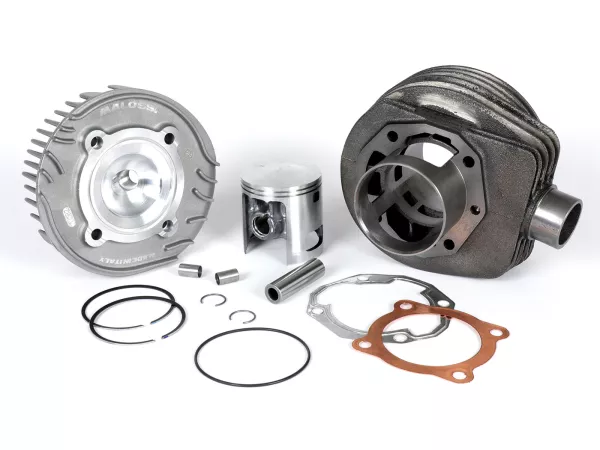
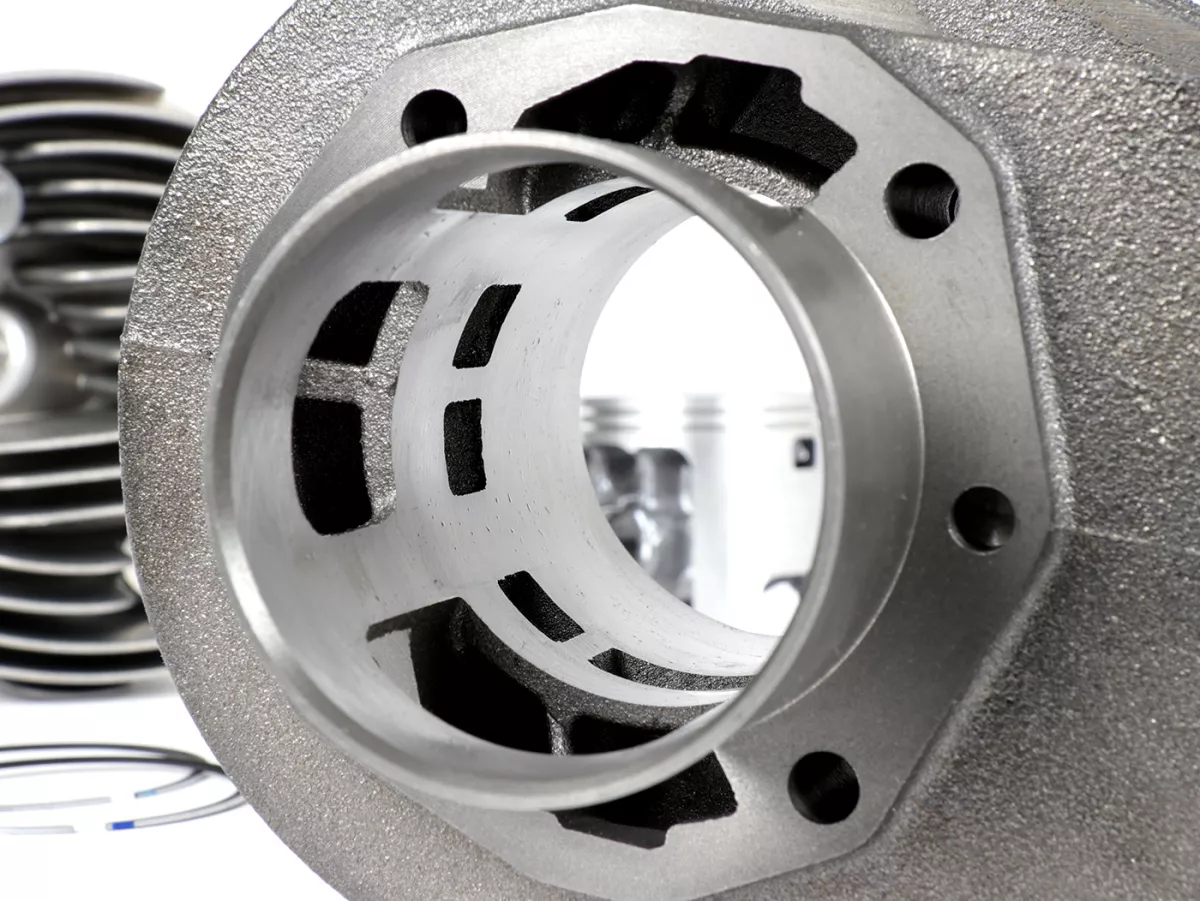
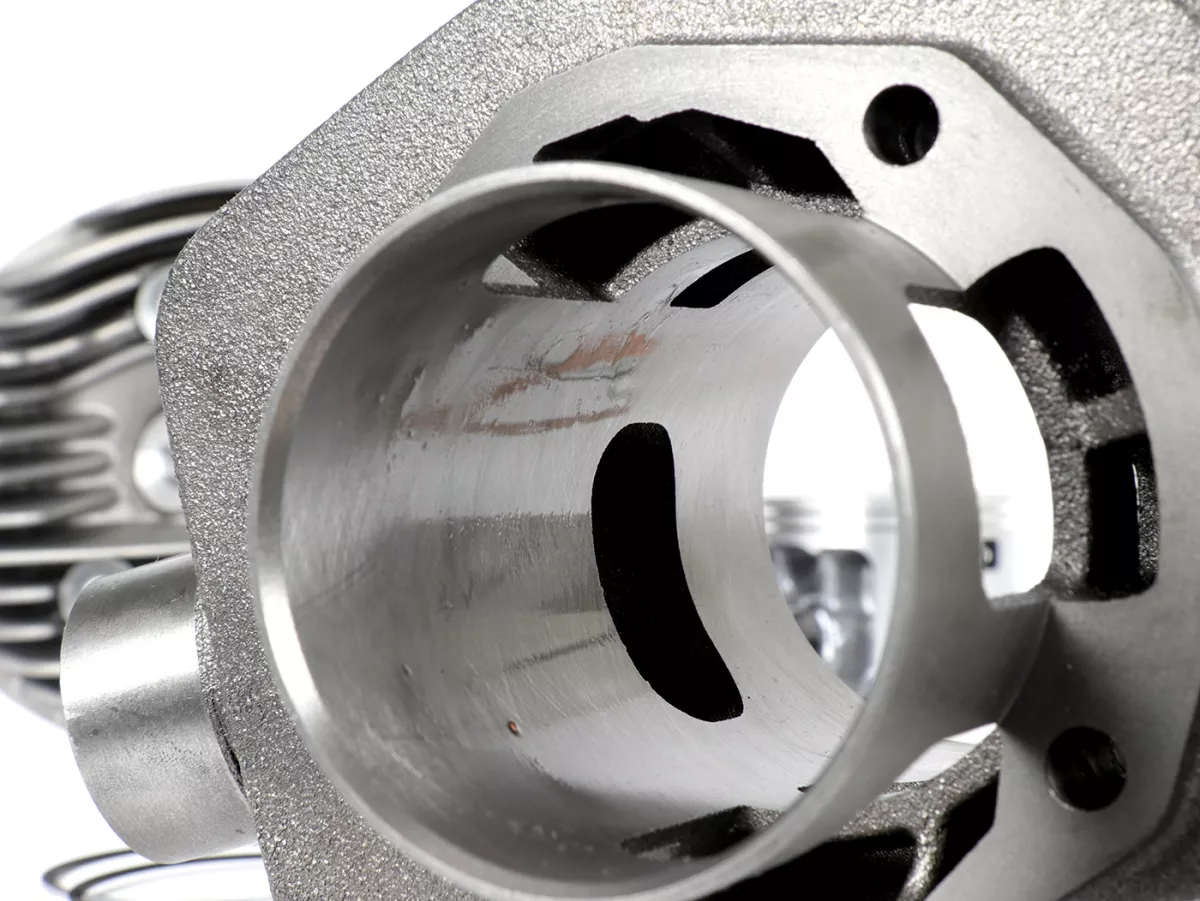
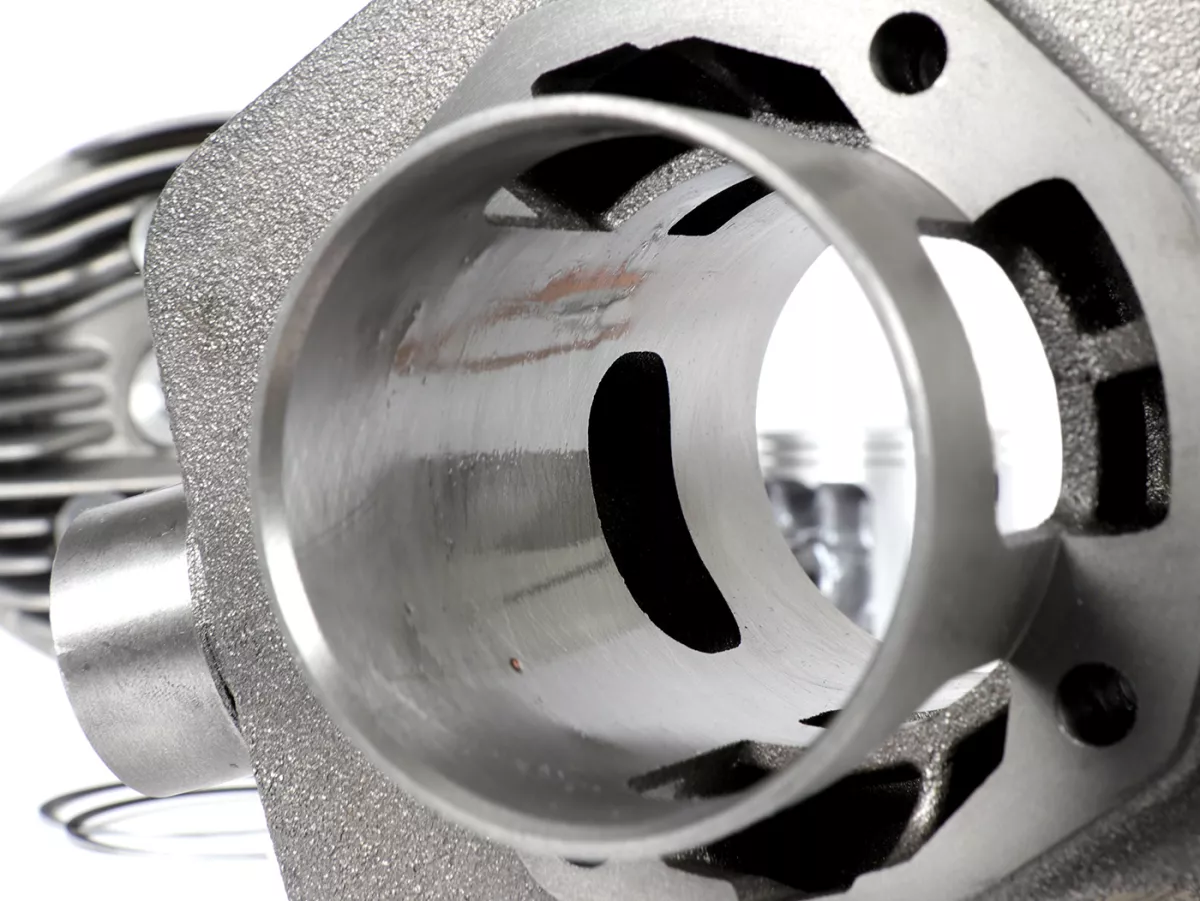


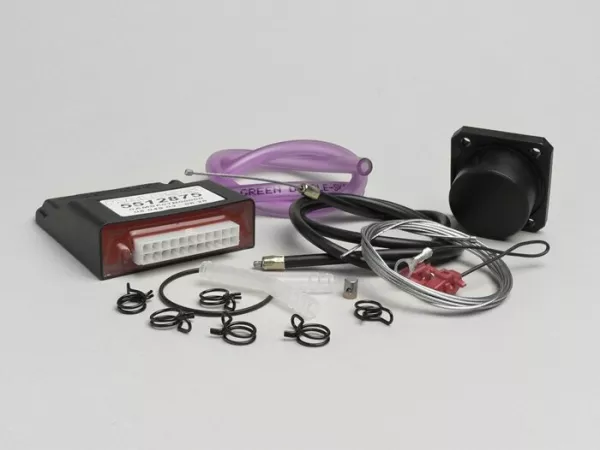
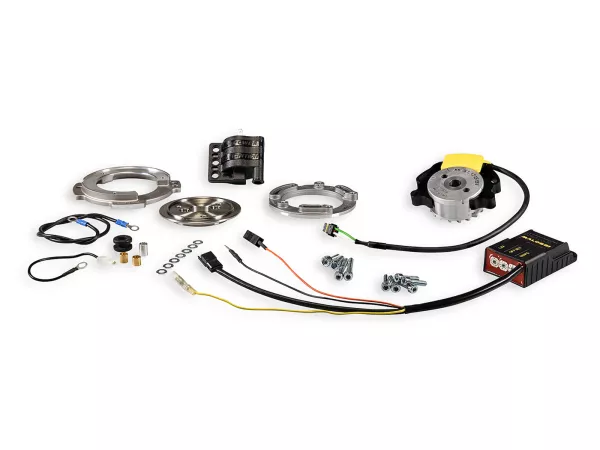
Reviews
There are no reviews yet.